11th Apr 2024
In February this year, I visited Harlan Estate, BOND, and Promontory to taste the recently bottled 2021s with director of winemaking Cory Empting and managing director Will Harlan. Founded by Bill Harlan in 1984, this year marks the 40th Anniversary of the Harlan Estate journey. A 40-year milestone for any winery is impressive, especially for one that has reached the dizzying heights of Harlan. Yet given the estate’s ethos of continual improvement, exemplified by recent vintages, it is nowhere near the journey’s end.
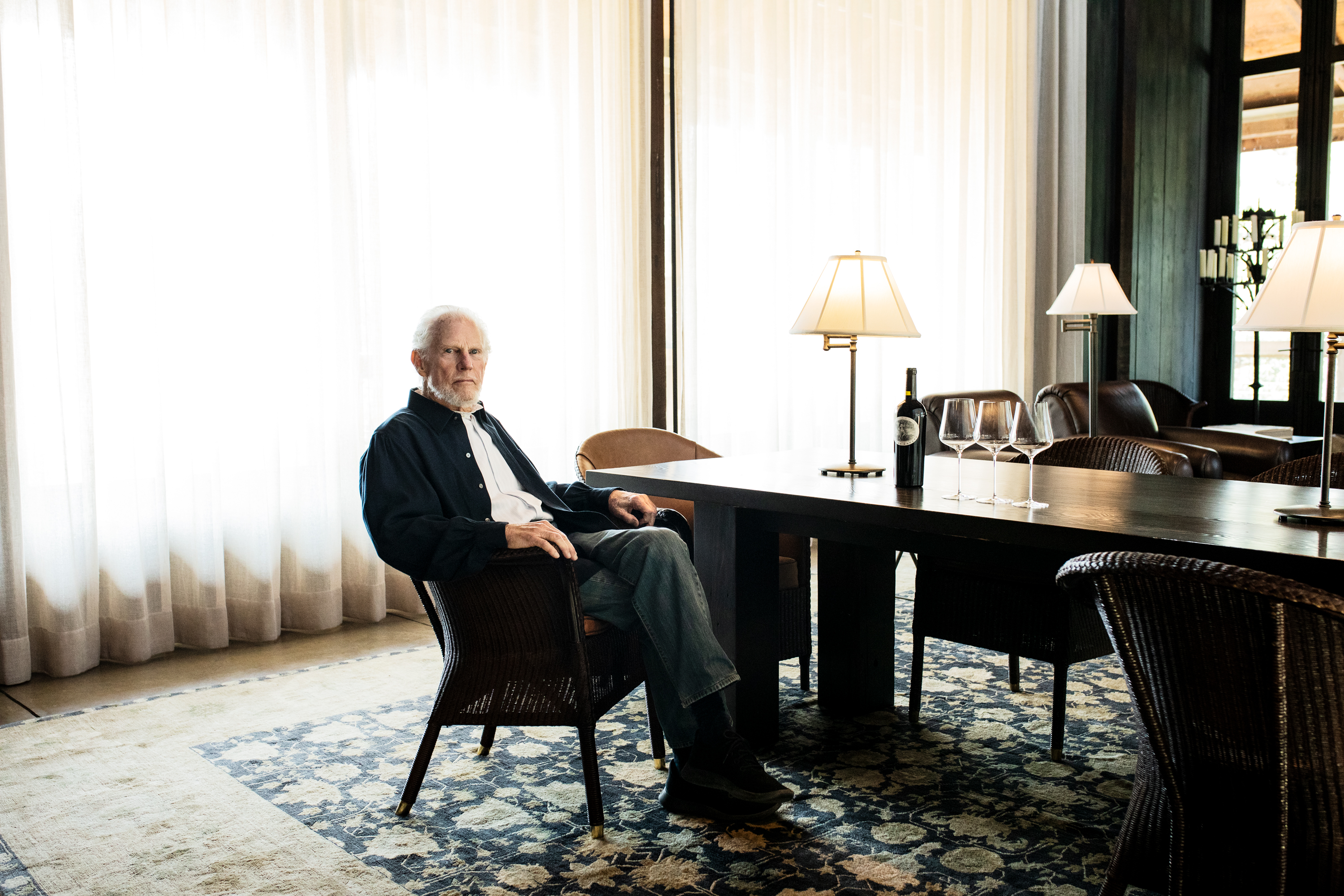
Unending Journey
“Art washes away from the soul the dust of everyday life.”
- Pablo Picasso
After a stoic upbringing in southern California and studying at UC Berkeley, Bill Harlan set off on a journey of adventure. From water polo athlete and acrobatic flying to traversing Africa and spending time at sea, his early adulthood embraced a live-for-the-moment philosophy. But he eventually traded his bohemian life for a successful career as a property developer. This position eventually offered him the opportunities and means to create sustainable, long-lasting legacies, including Meadowood and Napa’s first charitable wine auction. However, his most ambitious, far-reaching project is set to span generations, straddling the concepts of art and cultural expression: Harlan Estate.
A trip with Robert Mondavi to Burgundy and Bordeaux in the early 1980s planted a seed in Bill Harlan’s mind.
He wanted to produce a first-growth wine in Napa Valley—a region he had visited frequently as a student at Berkeley. From studying the greatest properties of France, he understood that wines should taste of where they come, and the most remarkable wines come from places that can consistently ripen the fruit.
In 1984, after investing in a large piece of land in St. Helena and finding the terroir better suited to a luxury hotel and restaurant than a vineyard, Bill Harlan purchased what was to become Harlan Estate. It was an unlikely stretch of wilderness located in a previously overlooked area of the Oakville Grade, heading up into the foothills of the Mayacamas above the famous benchlands and valley-floor vineyards such as To Kalon and Vine Hill Ranch. At the time, it appeared an unlikely site to make great wine. With its wild, untamed beauty, much of which remains untouched, it was 240 acres of densely wooded and rocky hillsides bereft of infrastructure—no roads, electricity, or running water. But it was Bill’s idea to use the Burgundy model of planting mid-slopes, and he was undeterred by the unfathomable scale of the project. Instead, he called it his 200-year plan—making clear from the outset that this was a multi-generational ambition.
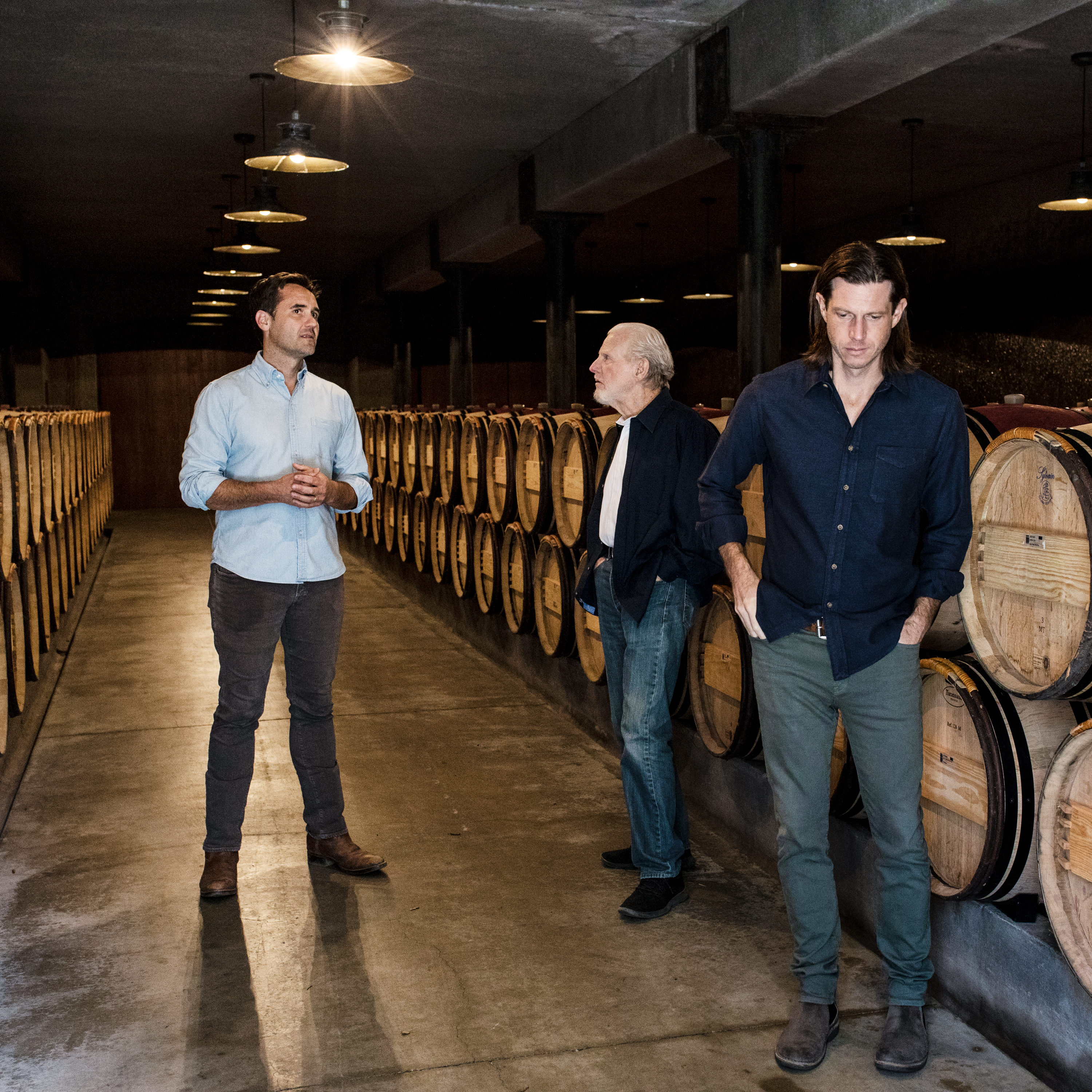
Today, the Harlan Estate Vineyard is planted across 40 selected acres at varying levels and aspects, rising to an altitude of just over 500 feet. The bulk of the plantings consist of Cabernet Sauvignon with smaller proportions of Merlot, Cabernet Franc, and Petit Verdot.
Members of the original team, including director Don Weaver, who joined Bill Harlan a couple of years after the land purchase, and Bob Levy, who oversaw winemaking and viticulture from the beginning, remain at the estate as important advisors along with Bill Harlan. Cory Empting started at the estate in 2001 and today is the director of winemaking, while Bill’s son, Will Harlan, joined the team in 2012 and was named managing director in 2021. Amanda Harlan, Bill’s youngest, has recently come on board, overseeing sales and marketing.
The next generation at Harlan Estate continues to hone and refine what Bill Harlan built without altering its DNA.
In 2020, one of Napa Valley’s most challenging vintages because of the wildfires, the young team crafted an astonishingly great Harlan Estate that bridges its past and future.
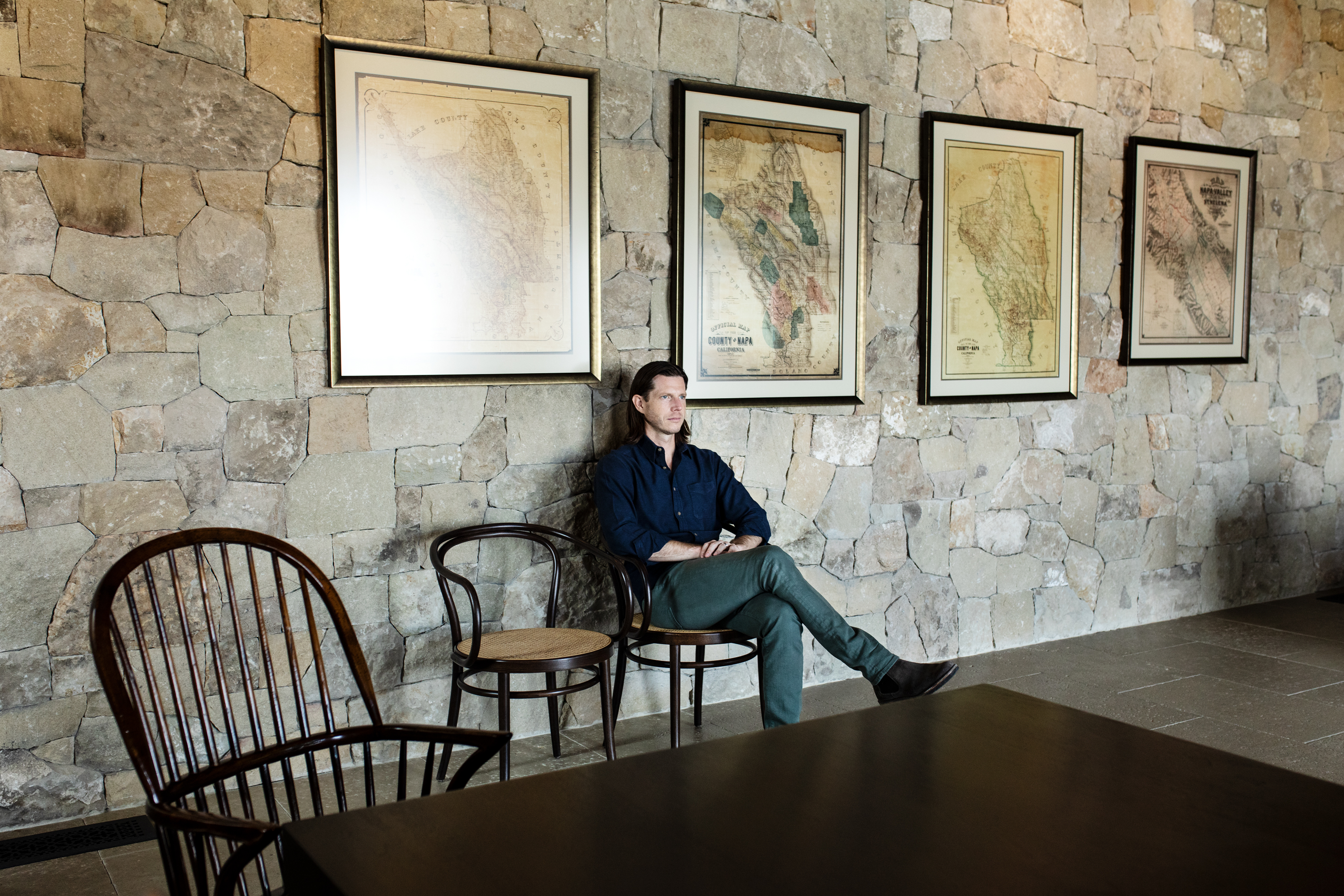
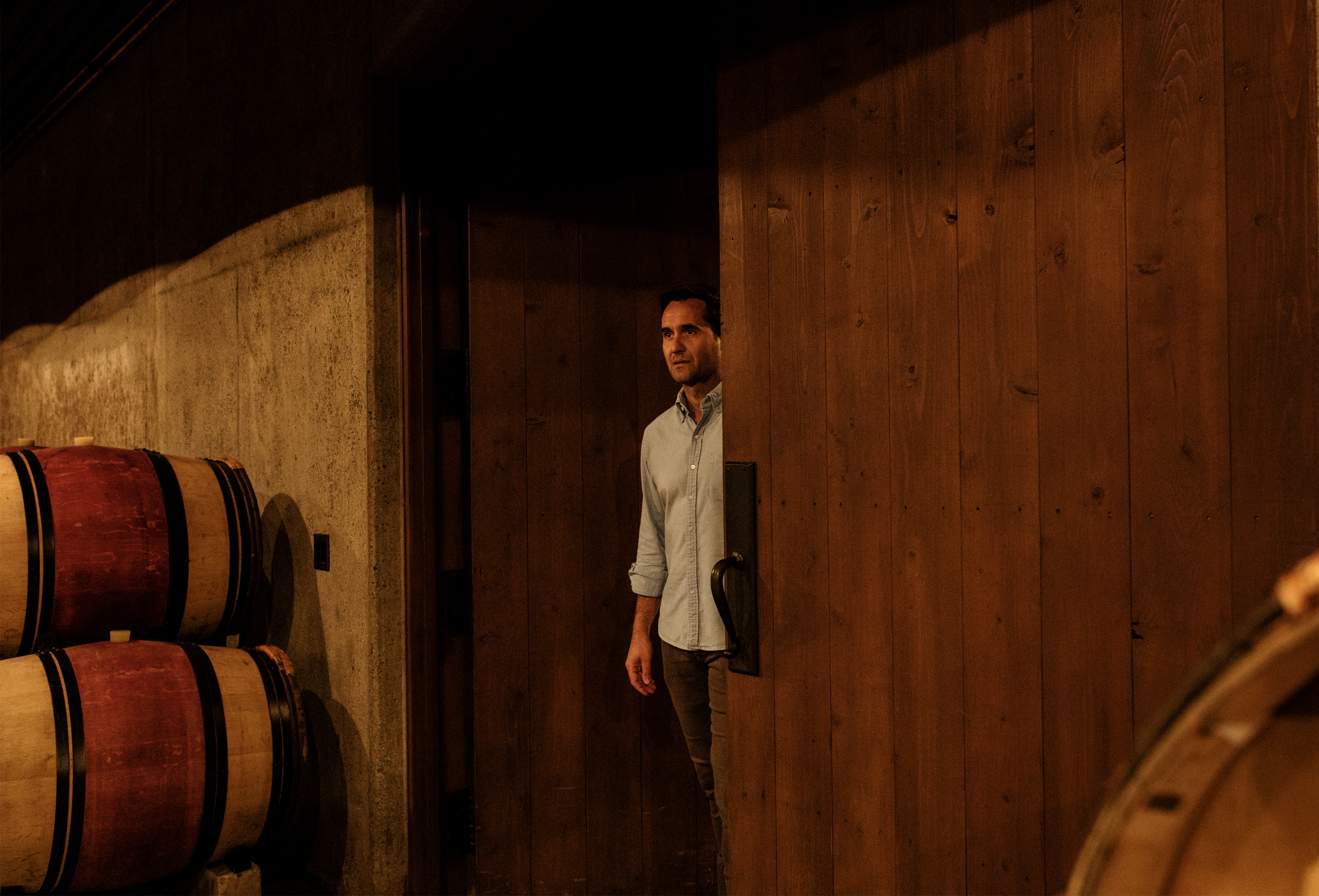
“Our vines getting older has made it easier to rethink the harvest date,” Cory Empting commented last year about the 2020 vintage. “And now we’ve pulled out the irrigation and fertilization. We were hoping we could use more yield to create stress, but that hasn’t worked out. So, we still have smaller yields.”
"2020 and 2021 were slightly smaller vintages than 2019; 2022 was a lot smaller," Bob Levy added. "Our production is consistently small because we are strict with the pruning."
“We started picking earlier than ever before in 2020,” said Cory. “We were done picking at Harlan two weeks before the Glass Fire. And the wine ended up very different than we thought it would be.”
“Before 2017,” said Will Harlan, “we weren’t thinking about the fire risk, but we were already moving towards earlier harvesting. As Cory said, the result is very different than we expected but better! We wound up making the same decision in 2021 and 2022—without the risk of fire. As a result, we’ve reset a bit, but it couldn’t have happened without taking this risk.”
“In 2022, we started to pick on August 17 and were done on September 10,” confirmed Cory. “The fruit was ready. We didn’t even know that Labor Day heat was coming last year.”
(Similar to 2017 and 2020, in 2022 there was another Labor Day heatwave, longer lasting and even hotter and more damaging than the previous two.)
As I sat to taste the 2021 Harlan Estate a few weeks ago with Cory and Will, Cory began by saying, “We liked the results in 2020 so much we thought we would continue like that.”
I can count the number of other winemakers in Napa Valley who have made that comment about their 2020 vintage on zero fingers.
“When I first came here, we were trying to push back ripeness; now we want to bring it forward,” said Cory. “The secret is to pick it earlier to preserve acidity.”
To be clear, Cory and the team have been working towards achieving ripeness sooner so that they can pick earlier and avoid potential late-season heat. For the last few decades, they have been trialing several mechanisms to achieve this.
“We’ve always been conservative pruning,” Cory continued. “And we’re mostly dry-farmed now. One of the keys to dry farming is pruning, not keeping so many buds, and suckering properly. We’ve geotagged all the vines so we can see how much they’ve grown and use that information to map how to prune. Also, we don’t cut or hedge the canopies anymore. Our canopies are pretty sparse anyway. We’re now bridging the canopies instead of trimming. There’s something powerful about not interrupting that cycle by cutting the canopies. By making various changes like these in the vineyard, we’ve been getting better ripeness at an earlier state. In 2021, we converted the whole vineyard to these methods.”

Like the 2020, the 2021 Harlan Estate comes off as breathtakingly bright and energetic. It’s a refreshing new face of this site, albeit a touch more restrained and with a firmer backbone than the 2020.
We tasted the 2011 Harlan Estate, BOND, and Promontory wines alongside the 2021s, which was an interesting peek at the evolution of the styles, even if 2011 was not a typical Napa Valley vintage. It was a year of cool, cloudy conditions and unrelenting rains at harvest time in October, plagued by outbreaks of botrytis. Hillside vineyards tended to do better this year, Harlan Estate being a prime example.
"I think these less classic years are better teachers to us," said Cory. "At the time, 2011 felt like the sky was falling. You have to have a little bit of faith."
Will added, “Tasting this now, I feel like the 2011 mid-palate has finally come in. It was missing in the first few years.”
The 2011 Harlan Estate, like the 2020, demonstrates this site’s ability to achieve impressive ripeness even in a challenging year and with the benefit of experienced and invested custodians who love the unending journey as much as the results.
–
Article & Reviews by Lisa Perrotti-Brown MW
Photography by Svante Örnberg
See more work from Svante at svanteornberg.se by clicking here!
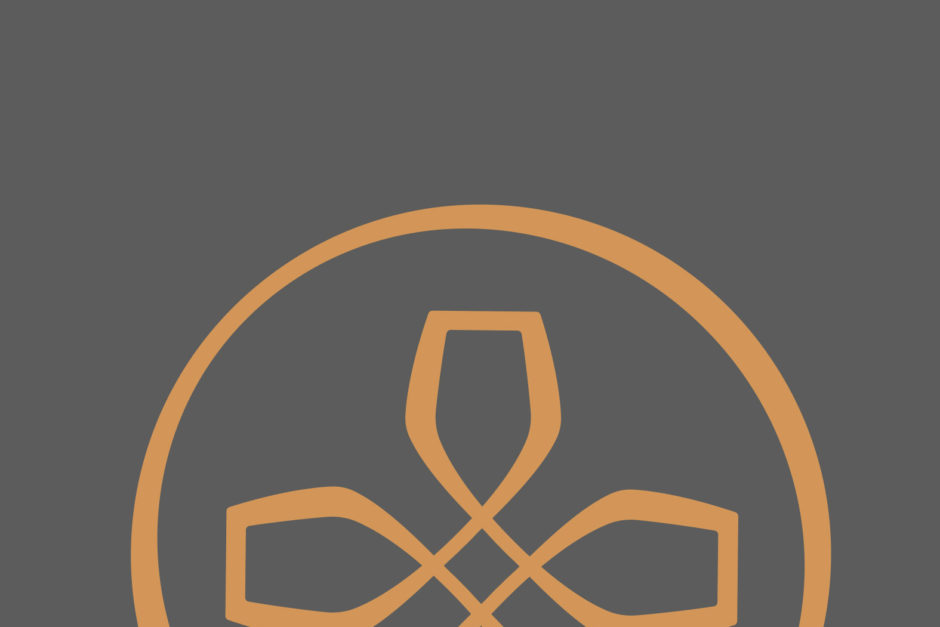
PRODUCERS IN THIS ARTICLE
> Show all wines sorted by scoreMore articles
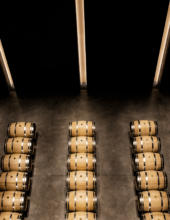
Bordeaux 2023 Vintage Report and Reviews from Barrel
09th May 2024
649 tasting notes
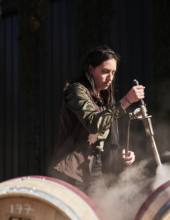
Cathiard Vineyard New Releases
02nd May 2024
3 tasting notes
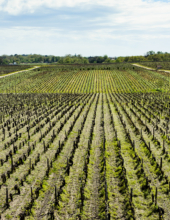
Bordeaux 2023 Preliminary Vintage Report and Reviews from Barrel
29th Apr 2024
56 tasting notes
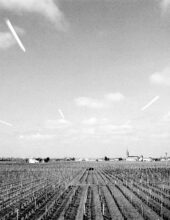
2021 Bordeaux in Bottle and A Modest Proposal
24th Apr 2024
599 tasting notes
Show all articles